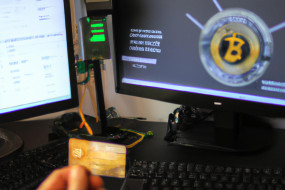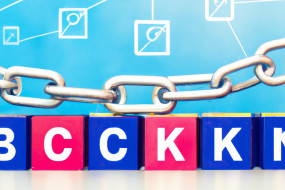
The rise of blockchain technology has led to the emergence of NFTs, also known as non-fungible tokens. NFTs are unique digital assets that are verified and stored on a blockchain, making them tamper-resistant and immutable. In this article, we will discuss how NFTs are changing the concept of digital asset ownership and what they mean for the future of the digital economy.
What are NFTs?
NFTs are digital assets that are unique and cannot be replicated. They are verified and stored on a blockchain, a decentralized database that is secured by cryptography. NFTs can represent anything of value, including digital artwork, music, videos, and even tweets. Each NFT has a unique identifier that makes it different from any other NFT. This makes ownership and authenticity of digital assets easily verifiable since each NFT is recorded on a public ledger.
How do NFTs work?
NFTs are created using smart contracts, which are self-executing agreements that run on a blockchain. Smart contracts allow NFT creators and owners to set rules and conditions, such as royalties and transfer restrictions, that are automatically enforced. Once an NFT is created, it is usually sold on a marketplace, such as OpenSea or Nifty Gateway, using cryptocurrency. The ownership of an NFT can then be transferred from one person to another through a simple transaction on the blockchain.
The Benefits of NFTs
The benefits of NFTs are numerous. For starters, NFTs allow artists and creators to monetize their digital creations in a way that was previously impossible. By issuing NFTs, artists can sell their digital artwork directly to collectors, bypassing traditional intermediaries such as galleries and auction houses. NFTs also enable collectors to own unique digital assets that are easily verifiable and authenticated. In addition, NFTs can be used to create new types of digital experiences, such as virtual worlds, games, and marketplaces.
The Future of NFTs
As NFTs gain more mainstream adoption, we can expect to see them being used in new and innovative ways. For example, NFTs could be used as a payment mechanism for digital goods and services, or as a way to prove ownership of physical assets such as real estate or luxury goods. We may also see the emergence of new types of NFTs that merge physical and digital worlds, such as NFT-based tickets for live events or NFT-based collectibles that are linked to physical objects. Regardless of how they are used, NFTs are poised to transform the digital economy by providing a new framework for ownership and authenticity of digital assets.
















